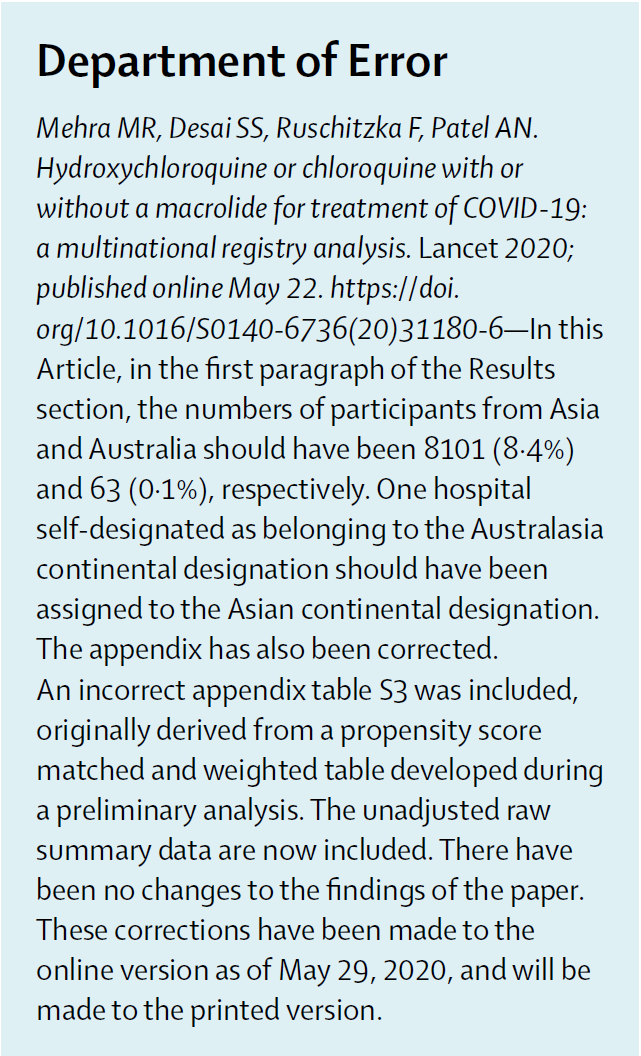
In December, the @American_Heart published a Presidential Advisory statement on working against structural racism and health disparities in response to recent news events and #BLM advocacy. #healthequity #CQOSpotlight
ahajournals.org/doi/10.1161/CI…
ahajournals.org/doi/10.1161/CI…

The writing committee on behalf of the @American_Heart in the second sentence of the abstract cite COVID-19, George Floyd, Breonna Taylor as recent examples of structural racism, health disparities for disenfranchised groups.
The statement provides a background on why these issues are relevant to cardiovascular health and the importance of eliminating structural racism. 

A good primer on structural racism and health disparities for additional reading from Dr. Gee and @DrChandraFord from @UCLAFSPH is here: ncbi.nlm.nih.gov/pmc/articles/P…
Direct statements highlight the source of observed inequities from structural racism in relation to health. With a further discussion of social determinants of health. 

As a reminder of wealth inequalities in the U.S., this is a plot of median wealth by age stratified by race (white/Black) 

The AHA statement provides historical context and also diagrams major historical institutions and policies that disenfranchised Blacks. 

AHA has published statements previously attempting to provide a large overview of current challenges and health disparities. This statement references prior statement focused on Black, Hispanic, Native and Asian American CVD health.
Asian Americans
ahajournals.org/doi/full/10.11…
Asian Americans
ahajournals.org/doi/full/10.11…
Atherosclerotic Cardiovascular Disease in South Asians in the United States: Epidemiology, Risk Factors, and Treatments: A Scientific Statement From the American Heart Association
ahajournals.org/doi/full/10.11…
ahajournals.org/doi/full/10.11…
Cardiovascular Health in American Indians and Alaska Natives: A Scientific Statement From the American Heart Association
ahajournals.org/doi/10.1161/CI…
ahajournals.org/doi/10.1161/CI…
Status of Cardiovascular Disease and Stroke in Hispanics/Latinos in the United States
ahajournals.org/doi/10.1161/ci…
ahajournals.org/doi/10.1161/ci…
Cardiovascular Health in African Americans: A Scientific Statement From the American Heart Association
ahajournals.org/doi/full/10.11…
ahajournals.org/doi/full/10.11…
While AHA has written reports regarding health disparities with similiar ambitious goals, the tone and directness of the recent statement focuses primarily on structural racism, which is a welcome change, yet, an immense challenge.
For additional historical perspective and the potential remediation of structural racism for Black Americans, I suggest Ta-Nehisi Coates @TheAtlantic piece from 2014
theatlantic.com/magazine/archi…
theatlantic.com/magazine/archi…
@threadreaderapp unroll
• • •
Missing some Tweet in this thread? You can try to
force a refresh









